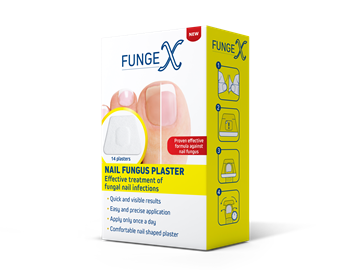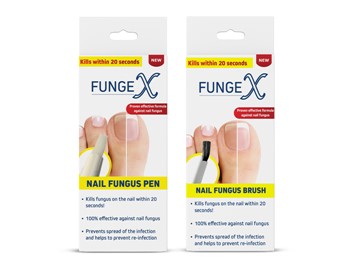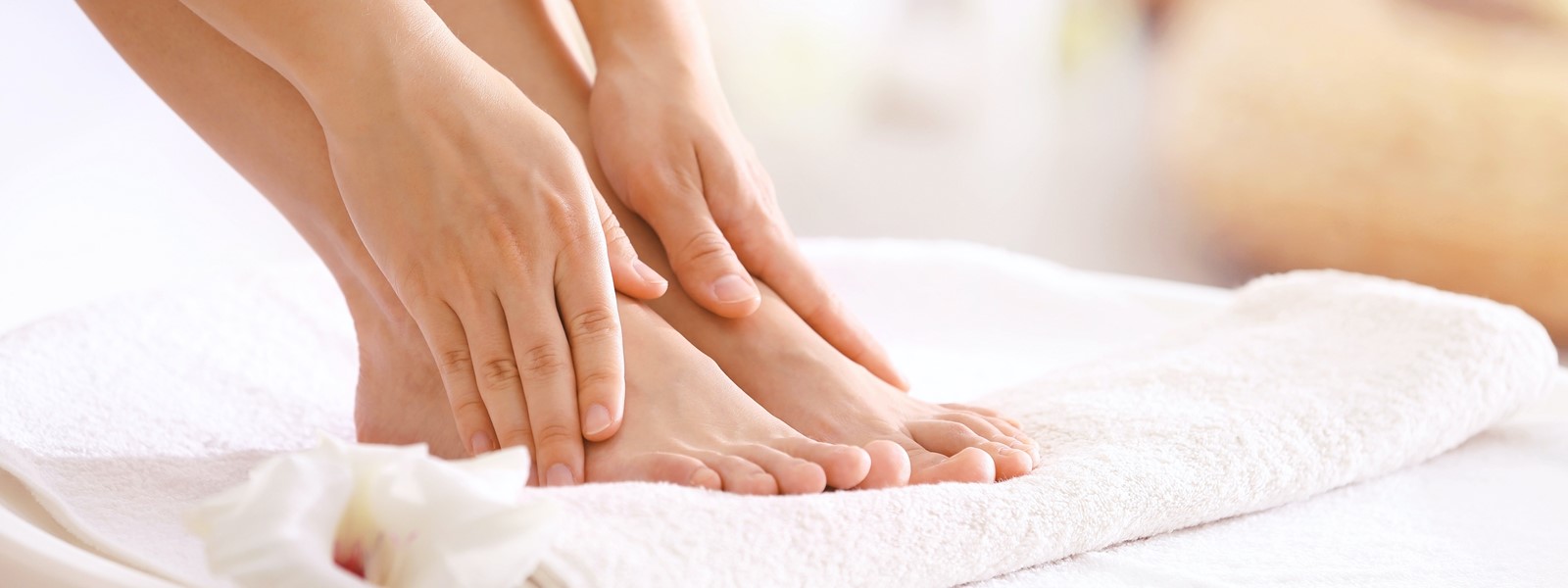
Nail Fungus
What is nail fungus?
Don’t be embarrassed if you have toenail or fingernail fungus. It’s way more common than you think. About 25% of the population suffers from nail fungus. Fungi are tiny organisms you can only see through a microscope. There are many different types that can cause a nail infection. Sometimes they live on your skin but don’t cause any trouble. But if you have a lot of bacteria in one area, you might get infected.
Nail fungus, its formal name is onychomycosis, invades your nails. A fungal infection may affect the part of the nail, an entire nail, or several nails. Usually, a fungal nail infection isn't painful. But without treatment, over time, it can become increasingly uncomfortable or painful to wear shoes, walk or even stand for long periods.
Since fungus thrives in dark, warm places, your toenails are more likely to be affected than your fingernails. Your toes also have less blood flow than your fingers, which makes it harder for your body to pick up on and prevent infection. Men are more likely to get fungal infections than women.
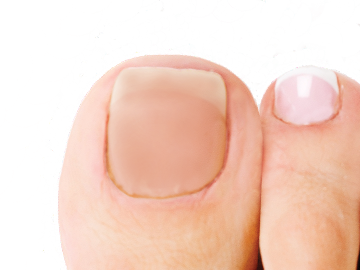
Symptoms of nail fungus
Nail fungus is noticeable as one or a combination of these symptoms:
- White spots or streaks on the nail surface
- Yellow discoloured fingernail or toenail
- Black fingernail or toenail
- Painful toenails
- Thickening of toenails
- Cracked nails and brittle nails
Causes of nail fungus and the risk factors
Nail Fungus is caused by three types of fungi, namely: dermatophytes, yeasts, and non-dermatophyte moulds. Fungi are simple parasitic plant organisms that do not need sunlight to grow. Toenails are therefore particularly susceptible as fungi prefer dark damp places. Swimming pools, locker rooms and showers typically harbour these types of fungi.
Chronic diseases such as diabetes, problems with the circulatory system, immune deficiency diseases as well as a history of athlete's foot or excess perspiration, also increase the chances of developing nail fungus.
The ageing process causes nails to become less moisturized and for cracks to appear. This is why children are less susceptible to nail fungus because their nails are usually stronger, healthier and without cracks. If your nails are cracked, naturally fragile or weakened as a result of an injury, it is easier for dermatophytes to infect a nail.
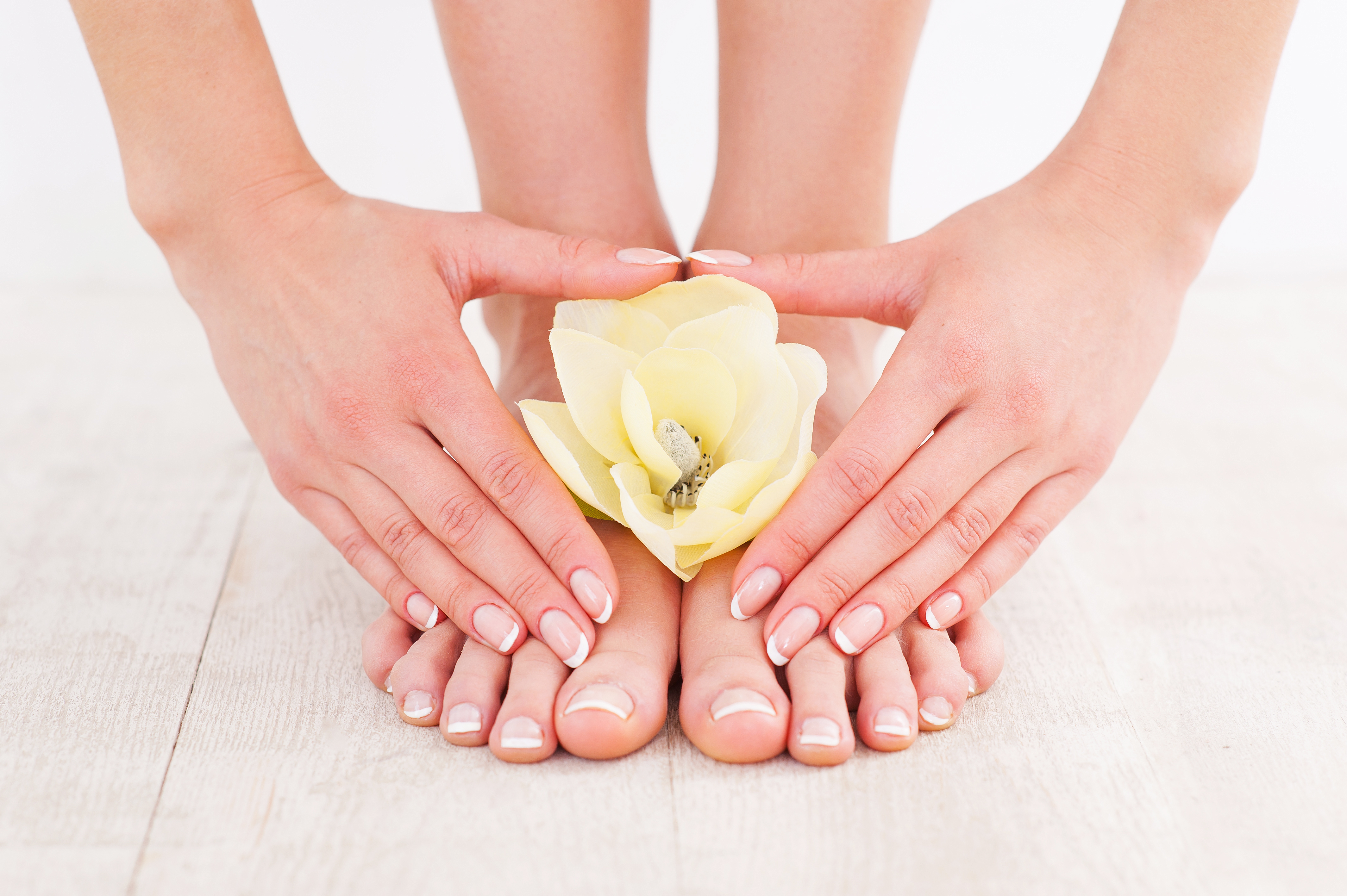
How to prevent nail fungus and maintain healthy nails
Making a few simple lifestyle changes can help to prevent a fungal infection of the nails. Taking good care of your nails by keeping them well-trimmed and clean is a good way to prevent infections. Here are a few other tips to maintain healthy nails and to prevent a fungal nail infection:
- Avoid wearing synthetic tights or socks.
- Wear socks made of natural material such as cotton or wool.
- If your socks get damp, change them to keep your feet dry.
- Wear sandals or dry airy shoes made of a material that allows moisture to escape.
- Do not share your shoes, socks or nail scissors with anyone else.
- Always dry your feet thoroughly, especially between your toes.
- Wear shower sandals when using a public pool or shower. Avoid bare feet in public areas.
- Do not let nail polish sit too long and avoid applying new layers over old ones.
- Avoid injuring your nail. This can happen when wearing shoes that are too small or by cutting nails too short.
- Before you go to bed, thoroughly wash and dry your feet or hands.
















